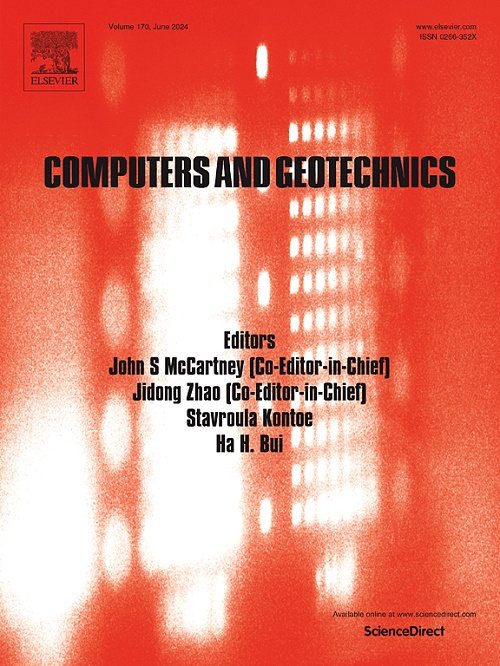Leveraging physics-informed neural networks in geotechnical earthquake engineering: An assessment on seismic site response analyses
IF 5.3
1区 工程技术
Q1 COMPUTER SCIENCE, INTERDISCIPLINARY APPLICATIONS
引用次数: 0
Abstract
The primary objective of this study is to assess the potential of physics-informed neural networks (PINNs) for seismic site response analyses (SRA). PINNs constitute a novel computational paradigm that combines physical principles with data-driven methods to solve differential equations. Despite the growing exploration of machine learning and deep learning in geotechnical earthquake engineering, the integration of PINNs remains limited. The study first addresses key challenges in applying PINNs to SRAs. In particular, the broad range of frequencies in ground motion recordings, which complicates the training process, and neural network architectural issues are discussed. Fourier feature embedding, a relatively new technique in image processing, learning rate adjustment, a tailored training strategy, and a PINN architecture are proposed to address the identified challenges. The proposed framework is evaluated by comparing SRA results from the implemented PINN and traditional numerical techniques, considering different ground motions and soil systems. The results of the proposed PINN and numerical techniques are identical, highlighting the robustness of the proposed framework. The encouraging results suggest there is significant potential for PINNs in general geotechnical earthquake engineering applications, which is also discussed.
求助全文
约1分钟内获得全文
求助全文
来源期刊

Computers and Geotechnics
地学-地球科学综合
CiteScore
9.10
自引率
15.10%
发文量
438
审稿时长
45 days
期刊介绍:
The use of computers is firmly established in geotechnical engineering and continues to grow rapidly in both engineering practice and academe. The development of advanced numerical techniques and constitutive modeling, in conjunction with rapid developments in computer hardware, enables problems to be tackled that were unthinkable even a few years ago. Computers and Geotechnics provides an up-to-date reference for engineers and researchers engaged in computer aided analysis and research in geotechnical engineering. The journal is intended for an expeditious dissemination of advanced computer applications across a broad range of geotechnical topics. Contributions on advances in numerical algorithms, computer implementation of new constitutive models and probabilistic methods are especially encouraged.
 求助内容:
求助内容: 应助结果提醒方式:
应助结果提醒方式:


